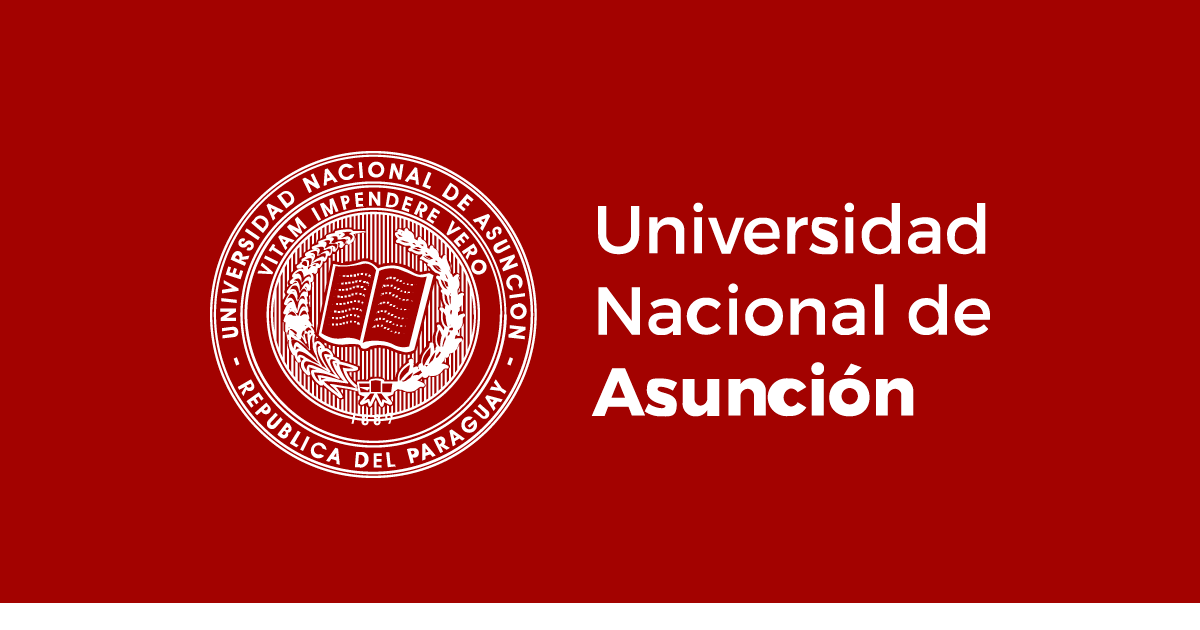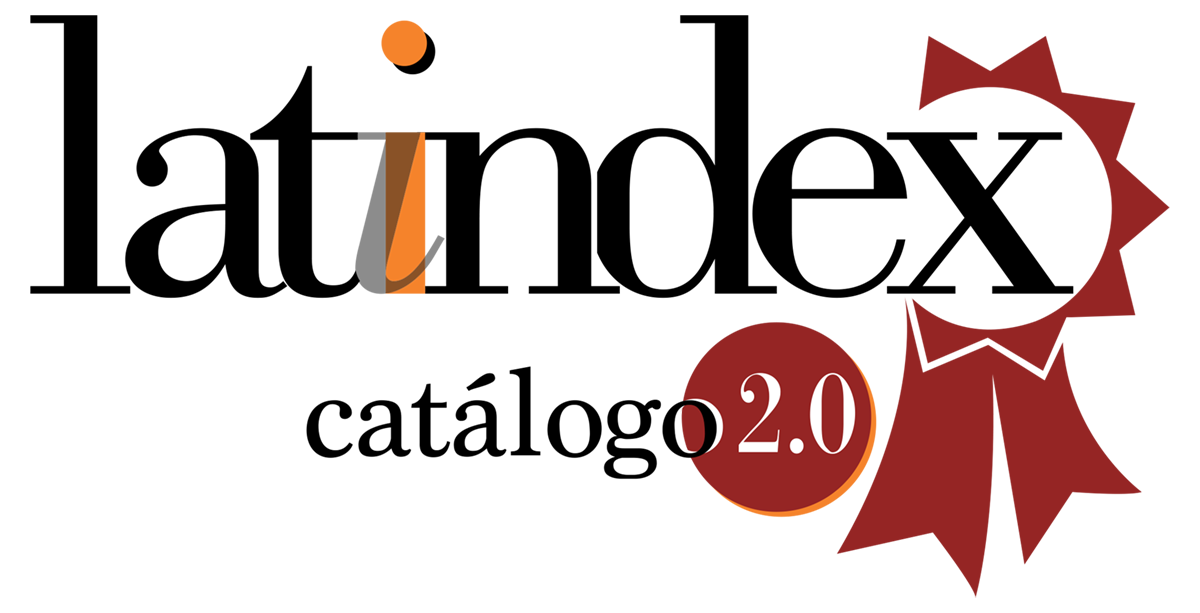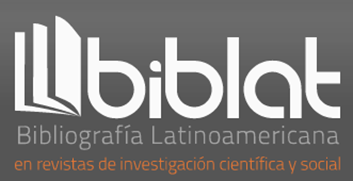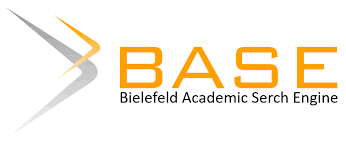Encontrando incentivos para la permanencia y egreso de estudiantes indígenas. Facultad de Enfermería y Obstetricia. Universidad Nacional de Asunción. 2020
DOI:
https://doi.org/10.47133/IEUNA22109aPalabras clave:
estudiante indígena, formación académica, factores, permanencia, egresoResumen
El interés por la formación académica universitaria de integrantes de pueblos indígenas ha adquirido auge en estas últimas décadas. El objetivo fue analizar los factores influyentes en la permanencia y egreso de estudiantes indígenas de las carreras de Enfermería y Obstetricia de la Facultad de Enfermería y Obstetricia de la Universidad Nacional de Asunción. Estudio de Paradigma fenomenológico, etnográfico. Población accesible: 13 estudiantes indígenas que se hallan matriculados. El Muestreo No probabilístico por conveniencia. Se solicitó a cada estudiante indígena el consentimiento informado para participar de la investigación. Se aplicó una guía de preguntas para la entrevista. Una vez concluida la recolección de datos fueron asignados los códigos y categorías, estos fueron analizados con el estadístico Atlas Ti. Los hallazgos respecto a los factores favorecedores, la motivación por seguir la carrera, delineada por influencias familiares, la vocación de servicio a la comunidad, así como el apoyo de autoridades, compañeros y las gestiones institucionales; en cuanto a las barreras percibidas mencionaron el acceso a recursos tecnológicos, condiciones económicas, académica, la limitante del uso de lengua nativa en la universidad, lo cual afecta directamente a la comprensión de las clases y en especial las virtuales. La Ética, la Equidad y la Transparencia (EET) representa una garantía para el logro de una educación superior equitativa. Se concluye que los beneficios señalados son la motivación personal (confianza y autopercepción positiva), apoyo institucional y como obstaculizadores factores económicos, desarraigo, la responsabilidad de la maternidad, el idioma y su relación con el aprendizaje.
Descargas
Referencias
Bandura, A. (1977). Self-efficacy: toward a unifying theory of behavioral change. Psychol Rev, 84(2) 191-215. https://doi.org/10.1037/0033-295X.84.2.191
Constitución Nacional.(1992).https://www.oas.org/juridico/spanish/par_res3.htm
Gallano, H. R. (2020). El derecho a la educación en tiempos de crisis: alternativas para la continuidad educativa. Sistematización de estrategias y respuestas públicas en América Latina y el Caribe ante el cierre de escuelas por la pandemia del COVID-19.Universidad Abierta de Recoleta.https://reliefweb.int/sites/reliefweb.int/files/resources/El%20derecho%20a%20la%20educaci%C3%B3n%20en%20tiempos%20de%20crisis%20-%20alternativas%20para%20la%20continuidad%20educativa.pdf
Gallart Nocetti, M. A. & Henríquez Bremer, C. (2006). Indígenas y educación superior: algunas reflexiones. Universidades, 31, 27-37. https://www.redalyc.org/pdf/373/37303206.pdf
García, O. M. (2008). Condiciones, procesos y circunstancias que permiten avanzar hacia la inclusión educativa: retomando las aportaciones de la experiencia canadiense. REICE,6 (2) 27-44.
Hanne, A. V. (2018). Estudiantes indígenas y universidad: realidades y retos ante la diversidad cultural. Caso de la Universidad Nacional de Salta. Revista de Educación ALTERIDAD, 14-29. doi:10.17163/alt.v13n1.2018.01.
Hernández Sampieri, R., Fernández Collado, C., & Baptista Lucio, P. (2014). Metodología de la investigación (6a. ed. --.). México D.F.: McGraw-Hill.
Koenigsberger, A. A. (2017). Estudiantes indígenas en el contexto de las desigualdades estructurales. CPU-e. Revista de Investigación Educativa, 24, 177-198.
Aristizábal Hoyos, G. P., Blanco Borjas, D. M., Sánchez Ramos, A. & Ostiguín Meléndez, R. M. (2011). El modelo de promoción de la salud de Nola Pender: Una reflexión en torno a su comprensión. Enfermería universitaria, 8(4), 16-23. http://www.scielo.org.mx/scielo.php?script=sci_arttext&pid=S1665-70632011000400003&lng=es&tlng=es.
Organización de las Naciones Unidas. (2007). Declaración de las Naciones Unidas sobre los derechos de los pueblos indígenas.ONU.https://www.un.org/esa/socdev/unpfii/documents/DRIPS_es.pdf
Observatorio Educativo Ciudadano. (2017). El derecho de los pueblos indígenas en la educación. Asunción.https://www.observatorio.org.py/especial/21
Ortiz, L., Demelenne, D., Díaz, J. J., Elías, R., Gimenez, L., Goetz, K., Machado, A., Misiego, P., Molinier, L., Ortiz, L. & Perezzo, I. (2014). La educación en su entorno : sistema educativo y políticas públicas en Paraguay. Asunción. ILAIP CADEP. http://biblioteca.clacso.edu.ar/Paraguay/cadep/20160714114128/9.pdf
Ruiz, L. (2021).Albert Bandura: biografía y aportaciones a la psicología. https://www.psyciencia.com/albert-bandura-biografia-y-aportaciones-a-la-psicologia/
Schunk, D. H. (1999). Aprendizaje cognitivo social. En D. H. Schunk, Teorias del Aprendizaje (pp. 101-140). México, Prentice-Hall. Hispanoamericana S.A.
UNESCO. (2007). Taller Regional Preparatorio sobre Educación Inclusiva América Latina, Regiones Andina y Cono Sur (12-14 de setiembre). Buenos Aires. UNESCO. http://www.ibe.unesco.org/fileadmin/user_upload/Inclusive_Education/Reports/buenosaires_07/paraguay_inclusion_07.pdf
Publicado
Número
Sección
Licencia
Derechos de autor 2022 Aida Maidana de Zarza, Juan Elías Avalos Duarte, Santiago David Toledo Núñez, Jorge A. Bareiro Vázquez, Ana Rafaela Denis, Donaghy Maureen

Esta obra está bajo una licencia internacional Creative Commons Atribución 4.0.


















